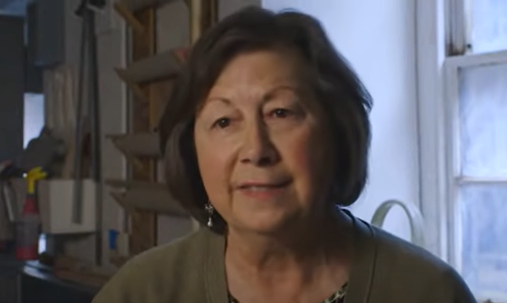
Stopping Tumors in their Tracks: How Medtech Treated One Patient’s Brain Metastases
Cancer
Brenda Vincentz-Smithhad
“I was prepared to die,” Brenda said. After seven months of chemotherapy, radiation, and a mastectomy, Brenda Vincentz-Smithhad defeated breast cancer, but doctors had given her a new diagnosis: brain metastases. Cancer cells from Brenda’s breast had traveled to her brain, attaching to her healthy brain tissue as three separate tumors. To Brenda, brain tumors sounded like the end of the road. To her doctors, they looked more like a pothole, an obstacle that, with the right treatment, Brenda could potentially overcome.
Doctors are becoming more and more adept at treating cancer, and medical technologies are becoming more and more advanced to quicken the pace of progress. Advancements in radiation therapy – which is used to treat more than 50 percent of cancer patients – have helped drive down cancer death rates at a rate of nearly 2 percent per year.
Today, innovative medical technology allows radiation oncologists to identify the exact coordinates of individual brain tumors down to the millimeter and destroy them using targeted radiation beams with the precision of a knife blade. Its success at stopping tumor growth is estimated at approximately 85 percent, a number that continues to rise, especially considering the increasing prevalence of early detection with preventative brain scans.
Brenda was able to access this cutting-edge radiotherapy and live with her cancer instead of for it. She lived a high quality of life for three years after her initial diagnosis – other than a mild headache for two days after her treatment, she experienced no side effects. She worked with watercolor and acrylics in her art studio, she maintained a flourishing garden, and she spent time with friends and family, even taking a road trip to Florida (with stops along the way!) to visit her brother and sister-in-law.
Sadly, Brenda recently passed away from carcinomatous meningitis, an uncommon complication from breast cancer. Her legacy lives on, and her story can help push researchers to reach for a cure to primary and secondary cancers. Hear Brenda’s treatment story and learn about the powerful medical technology that made it possible.